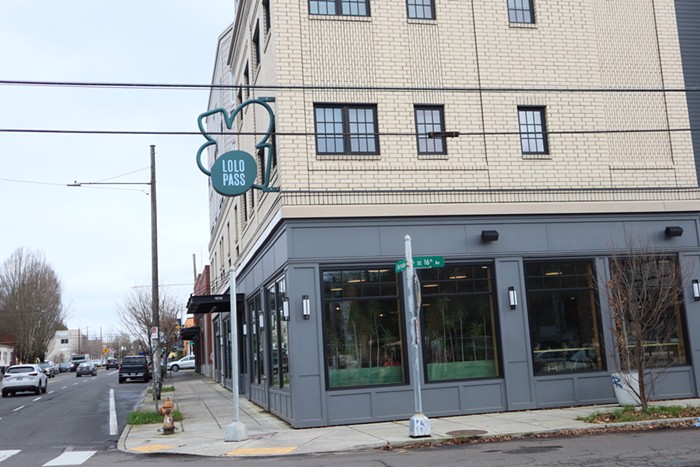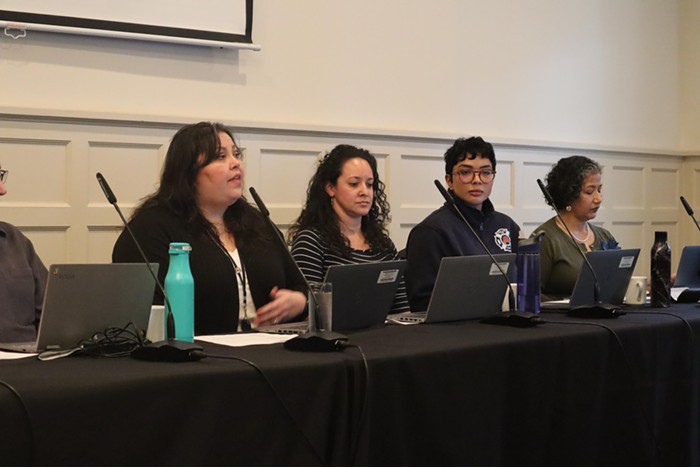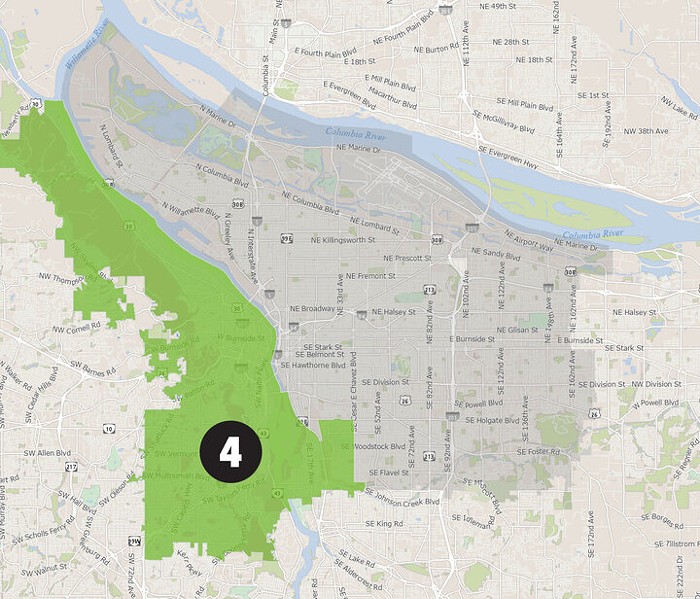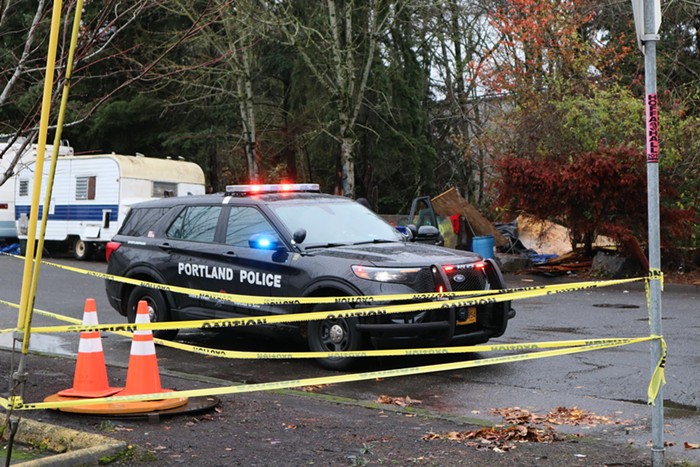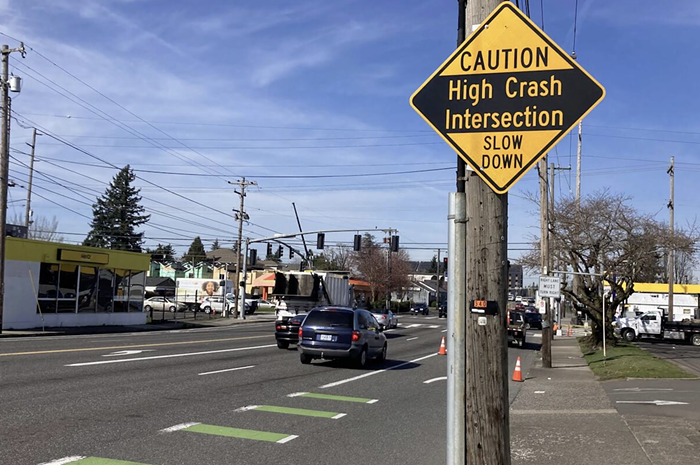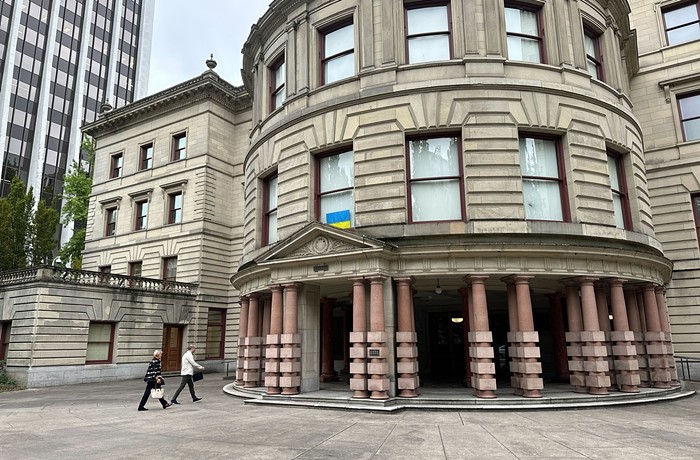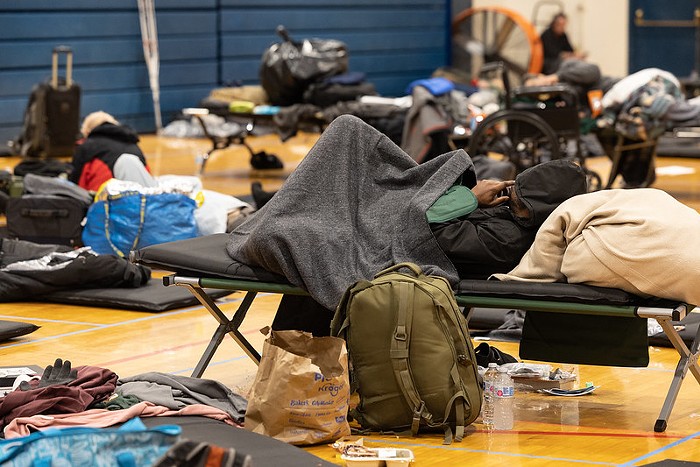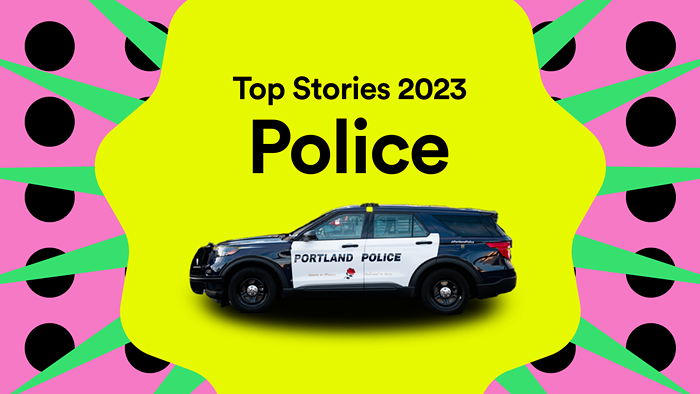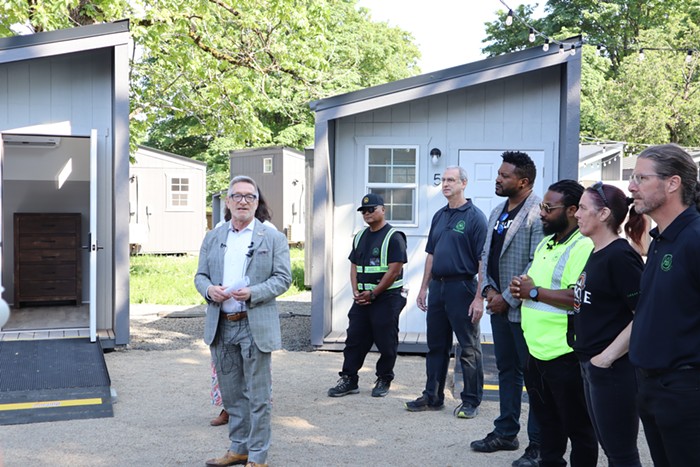A CONTROVERSIAL PUSH by Commissioner Amanda Fritz to ban sales of cheap, potent hooch in downtown, Old Town, and Goose Hollow—an attempt to drive so-called "street drinkers" from the city's core—won't be ready this fall after all, officials tracking the plan tell the Mercury.
In fact, the ban—which needs a blessing from the Oregon Liquor Control Commission (OLCC)—may not arrive until this spring. And that's because the OLCC is considering two major changes in the proposal Portland formally submitted last year.
"It's our first one," says Christie Scott, spokeswoman for the OLCC. "It's taking a little bit more time."
First, amid heavy pressure from the grocery and alcohol industries, the OLCC may find a way to exempt products targeted by Portland that may not contribute to street drinking—like 16-ounce tallboys of Pabst Blue Ribbon or other blue-collar beers.
And second, the OLCC is exploring a significant expansion of the forbidden zone, technically an "Alcohol Impact Area (AIA)," says Theresa Marchetti, liquor license specialist for Portland's Office of Neighborhood Involvement. While the current boundaries skip around large parts of the Pearl and NW 23rd, the OLCC is reportedly eyeing an AIA that stretches to Forest Park and NW Vaughn.
"It's still coalescing," Scott says of what the OLCC's first draft might look like. Public meetings on that first draft are scheduled for early November. The OLCC would then make more changes to the plan, in concert with industry groups and neighbors, before likely approving it next year.
The Northwest expansion, if it becomes final, would be a curious choice. It ignores neighborhoods right across the river—an easy walk or MAX ride from downtown—that are far more packed with liquor stores. Instead, it would merely protect residents in the nicer Northwest neighborhoods just outside the current zone—feeding concerns by some that the AIA plan is less about safety than about sanitizing downtown.
What's more, that expansion may not be enough to silence other critics who argue the ban will do little to cut down on public intoxication downtown if it doesn't also stretch east.
Northwest neighbors say they're glad the ban might include hotspots like NW 23rd and Lovejoy, and also Couch Park. But some also have questions.
"It's moving into a more residential part of the neighborhood," says Mary Ann Pastene, safety co-chair for the Northwest District Association, "so I don't know what the justification or rationale might be."
Marchetti, however, says city officials are more concerned about changing which products are banned. The OLCC is "pretty strongly" expected to merely call for a list of troublesome products, and Marchetti worries distributors would change product labels faster than regulators could keep up with them.
Right now the city's formula targets beer containing at least 5.75 percent alcohol or sold in cans 16 ounces or larger, and wine sold in boxes, jugs, or "fortified" with spirits. (Microbrews and fancy fortified wines like vermouth are exempt). Marchetti favors a wider net.
"They want to protect as much of their ability to sell products and it's understandable," Marchetti says of industry advocates. "But these products do target a specific kind of drinker, regardless of the brand or label on them.”
Marchetti hints at one possible compromise: Creating a list of products exempt from the ban. If a store owner can show, for instance, that PBR isn’t what street drunks are drinking, then they could sell them with impunity.
Says Marchetti: “I think it’s going to be hashed out.”

